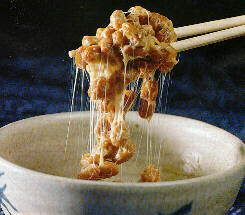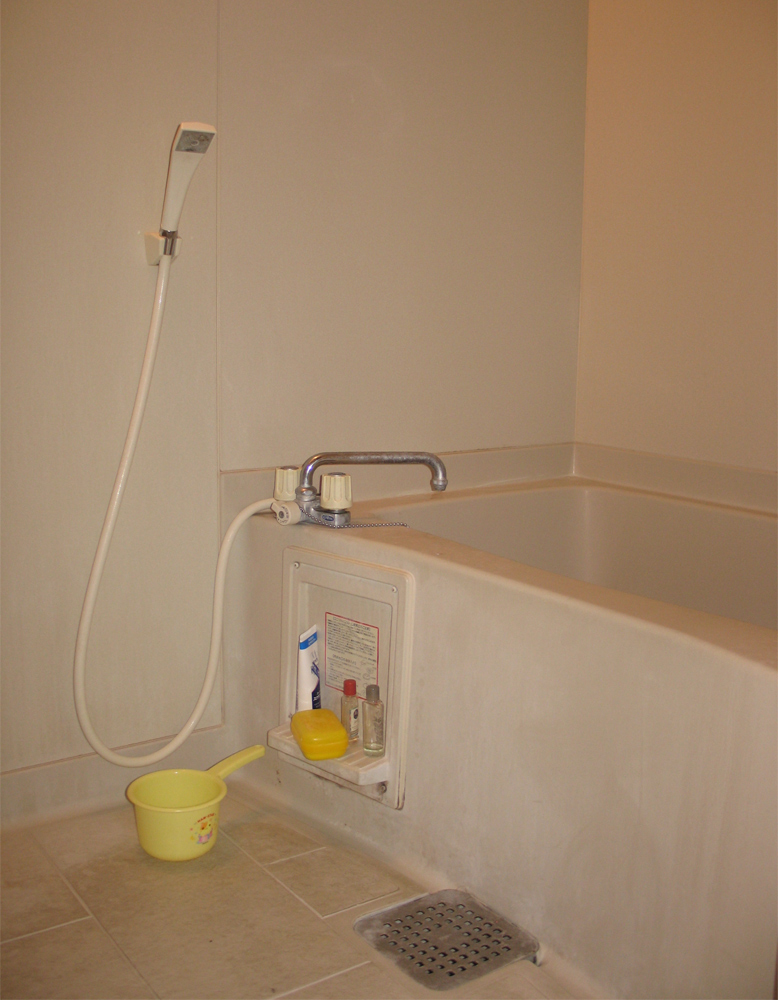So this weekend all the HIF students are going to Ohnuma Park to stay overnight. There will be onsen (hot springs), hiking, biking, swimming, and a hotel to stay in instead of a tent (Yay!) (Oh don’t give me those scornful looks, I’ll take my mosquito free hotel room, thank you very much).
But this all comes at a price.
What is it? Our firstborn children? An arm? A leg? Our second-born children? Our souls? Or—heaven forefend—our internet access?
It is none of the above. It is indeed something more terrible than you can possibly imagine…
Alright, so I’m being a bit melodramatic. Perhaps it’s because I’m in the performing mood, because the price of all this wonderful recreation is a mandatory song performance by each class after dinner Saturday night.
Lovely.
(Oh, how I wish sarcasm could be conveyed in text).
So this past week we’ve been practicing this song by SMAP, a five member boy band who everyone in Japan apparently knows:
We don’t have to do the whole dance, but we do have to do the cheesy hand motions.
And I repeat with the same sarcasm:
Lovely.
Anyway, I was talking to one of the girls who boards at my host family’s boarding house at dinner tonight, and she was telling me about how her leg (recently broken) was on the mend and she was able to learn a dance to do with her class for school. I then shared my story of the song I had to learn for class. Okaasan overheard this exchange, and at tea time Otoosan presented me with this:
Lovely.













